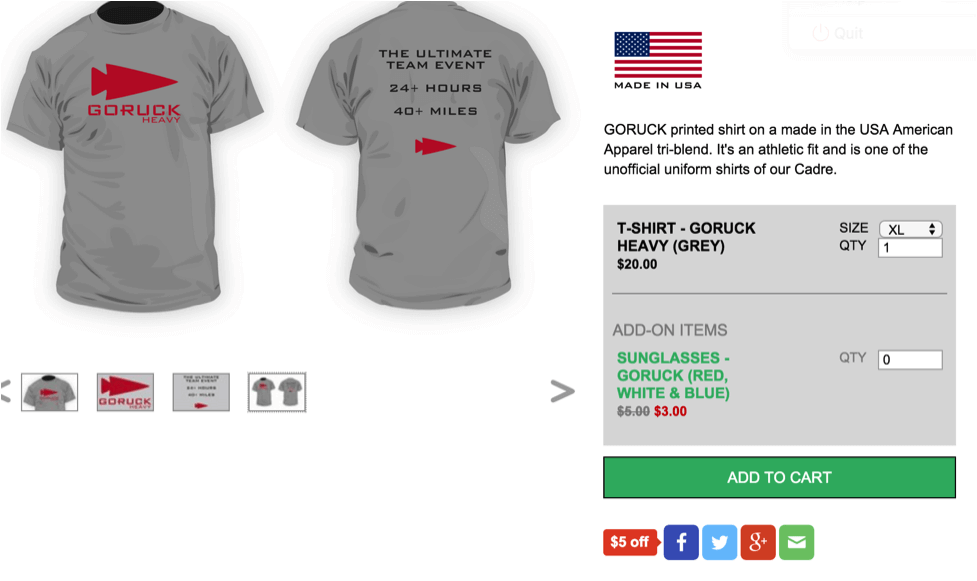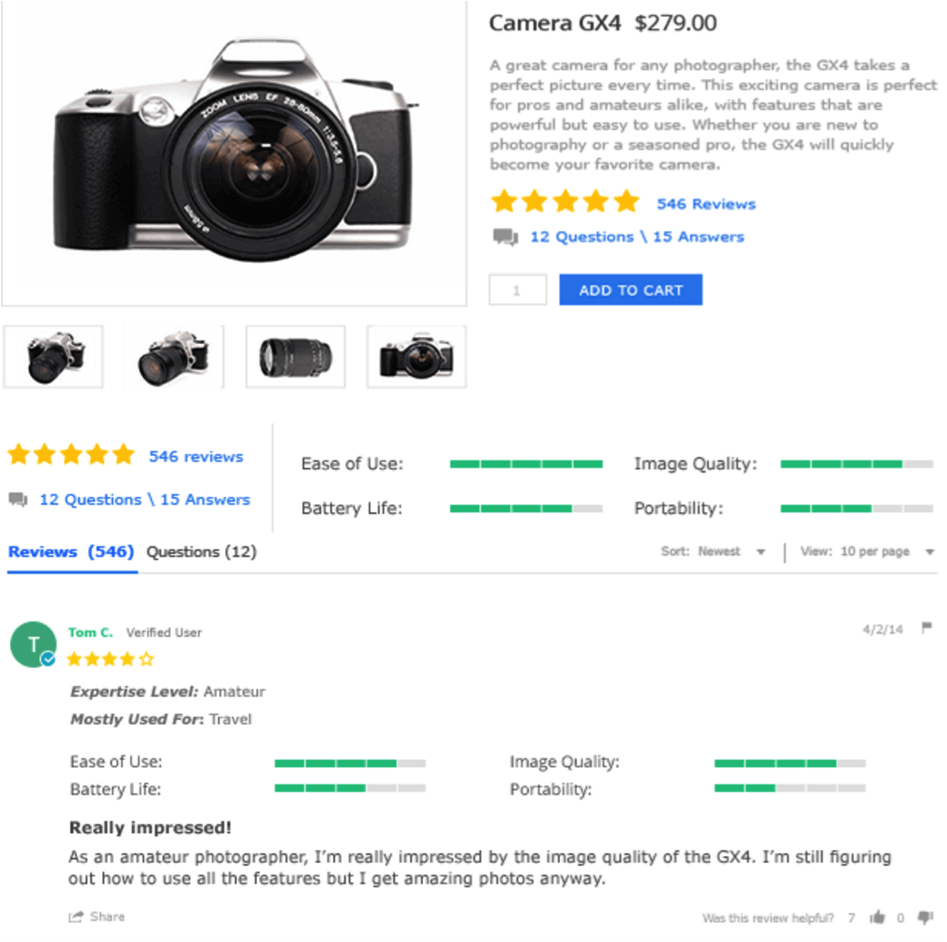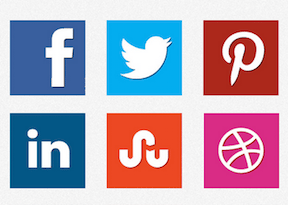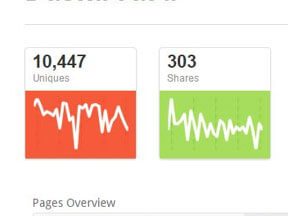Ecommerce merchants are engaged a constant battle for the attention of fickle consumers. It is now generally accepted that Americans spend about 25 percent of their online time, across devices, on social channels.
Not surprisingly, the rate of ecommerce growth from social shopping is outstripping the overall growth rate for ecommerce in the U.S. by about 10 percent, according to the latest Internet Retail Social Media 500 report.
With social media increasing its share of ecommerce referrals nearly 200 percent between the first quarters of 2014 and 2015, it would be realistic to expect that social shopping will generate $5 billion in commerce overall this year.
Etailers are going to get those sales, but exactly who gets them depends on the customer-facing touch points and incentives to share. The most successful marketers will integrate social shopping in a way that is consistent with their site experience and overall demographic.
Given the spectrum of user behavior, that could seem like a daunting challenge, but fortunately, there are now many social commerce platforms available to the etailer to custom-fit a solution that works for them.
In this article, I explore three specific functions that are most important to social commerce: social rewards, purchase sharing, and refer-a-friend. These functions are all predicated on the use of embedded social sharing buttons.
Social Sharing Buttons
Social sharing buttons, at their most basic, are links embedded in or overlaying a site, usually in the familiar form of social icons, which allow for the sharing of a page or experience through the user’s social accounts.
Social sharing also gives the etailer unique insights into a user’s behavior, both regarding who they share with and what they are sharing. By boosting social sharing and capturing customer intent, merchants can grow their value per visitor, optimizing content based on these insights.
Some providers of social sharing buttons are:
For the site visitor, it’s just a fun way to share out their interests and purchase intent, but this activity is critical for etailers since it allows them to increase content engagement and onsite visibility of their most frequently shared content. Most site operators, therefore, are willing to create an incentive for social sharing using social rewards.
Social Rewards
Social rewards increase social sharing and word of mouth traffic by incentivizing social actions.
“Social actions” usually mean sharing the page, product, or offer to the visitor’s social networks. This is very different than the typical social links embedded in a site’s header or footer.
Social sharing by customers means your unique value proposition will be in front of your customers’ friends, and their friends as well (depending on each sharer’s privacy settings). The incentive for the sharer is some type of coupon, discount, or another reward.
This also displaces coupon searching by the user. So before a customer leaves your site to search for a coupon, give her the option to share for a reward instead. According to AddShoppers, social rewards helps you boost social sharing by over 300 percent and dramatically decreases shopping cart abandonment.
You can find an excellent example of a social rewards widget on the adventure and gear site, Goruck.com. Just beneath the “Add to Cart” button, four simple radio buttons give the visitor a $5 incentive to share onto her own social networks or via email.

GoRuck social shopping widget appears beneath “Add to Cart” button.
It’s an easy $5 for the user and provides heightened visibility and social analytical insights to the site owner. Of course, $5 is not a magic number, but Goruck has certainly calculated the approximate worth of a social share to its online business, and thus the cost of the incentive is generating a positive ROI.
Some providers of social rewards functionality are:
- AddShoppers;
- Friendvites;
- InviteReferrals;
- NextBee;
- Popdeem;
- PowerReviews;
- ReferralCandy;
- ShopSocially;
- SociableLabs;
- SocialAnnex;
- Talkable;
- Votigo.
Purchase Sharing
A second important social commerce function is post-purchase sharing, another tool to integrate social infrastructure into the buying journey.
Purchase sharing accounts for 10 to 30 percent of all social sharing, and, according to ShopSocially, each post will generate up to five referral clicks with the use of a purchase-sharing tool. ShopSocially further estimates that if site owners embed the resulting product stories on the product page, conversion rates can increase by an average of 17 percent.
One reason purchase sharing is so successful is that it’s fun for the buyer and taps into your customers’ pride of ownership. They want to share out their purchases, whether it is apparel, sports gear, jewelry, or any out-of-the-ordinary item. So purchase sharing allows your customers to promote your store for you: a win-win situation.
Certain platforms, such at Yotpo, also embed product reviews within the purchase sharing module, creating robust user-generated content onsite for some valuable SEO.

Yotpo embeds product reviews within the purchase sharing module.
Some providers of purchase sharing functionality are:
- AddShoppers;
- AgoraPulse;
- Ambassador;
- Extole;
- HelloWorld;
- NextBee;
- Popdeem;
- ReferralCandy;
- ShopSocially;
- SociableLabs;
- SocialAnnex;
- Talkable;
- Yotpo.
Refer-A-Friend
A third social commerce function, closely related to social rewards and purchase sharing, is refer-a-friend. This application allows etailers to drive new customer acquisition from existing customers through online word of mouth advertising.
Using incentives for both the party being referred (in the form of an email address) and the successful referral (the “referrer”) gives site owners the power to leverage their existing customer base. This “word of mouth” traffic is not only more likely to convert but also more likely to make referrals themselves.
Refer-a-friend incentives can take many forms, and the degree of the reward can be triggered by the type of referral.
Previously, we saw in our social rewards function an offer of $5 just to share out to a general group of friends. We can imagine that sharing a specific email address is probably worth even more, given how it is a more highly-targeted referral.
So a refer-a-friend incentive could be given out just for the referral name, and then increased when that referral makes a purchase. Of course, an incentive is typically required to make the offer more attractive before receiving the referral email. Thus, both parties benefit, as does the etailer, who has organically grown his customer base using social trust.
Contests and giveaways can enhance this methodology of new customer acquisition through existing customer referrals. These campaigns create a sense of social competitiveness where customers can see how they are influencing others while, at the same time, gaining loyalty points or increasing their odds of winning a contest.
Facebook is particularly well-suited to these types of sweepstakes campaigns, as well as voting contests and incentivized lead generation.
Some providers of refer-a-friend functionality are:
- AddShoppers;
- Ambassador;
- Extole;
- FanPlayr;
- Friendbuy;
- Friendvites;
- InviteReferrals;
- LoginRadius;
- NextBee;
- ReferralCandy;
- ShopSocially;
- SociableLabs;
- Shortstack;
- SocialAnnex;
- StoreYa;
- Talkable;
- Wishpond.
I did not include the very significant functions of social login and single-sign on since these are capabilities that are important to the user but not necessarily incentives for sharing.
These applications make the sharing experiences easier because the user is logged into his social account automatically. But, at the base level, they exist as a simpler way for site visitors to create an account and subsequently convert into a paying customer.





